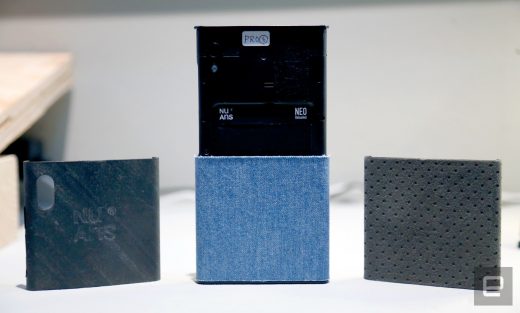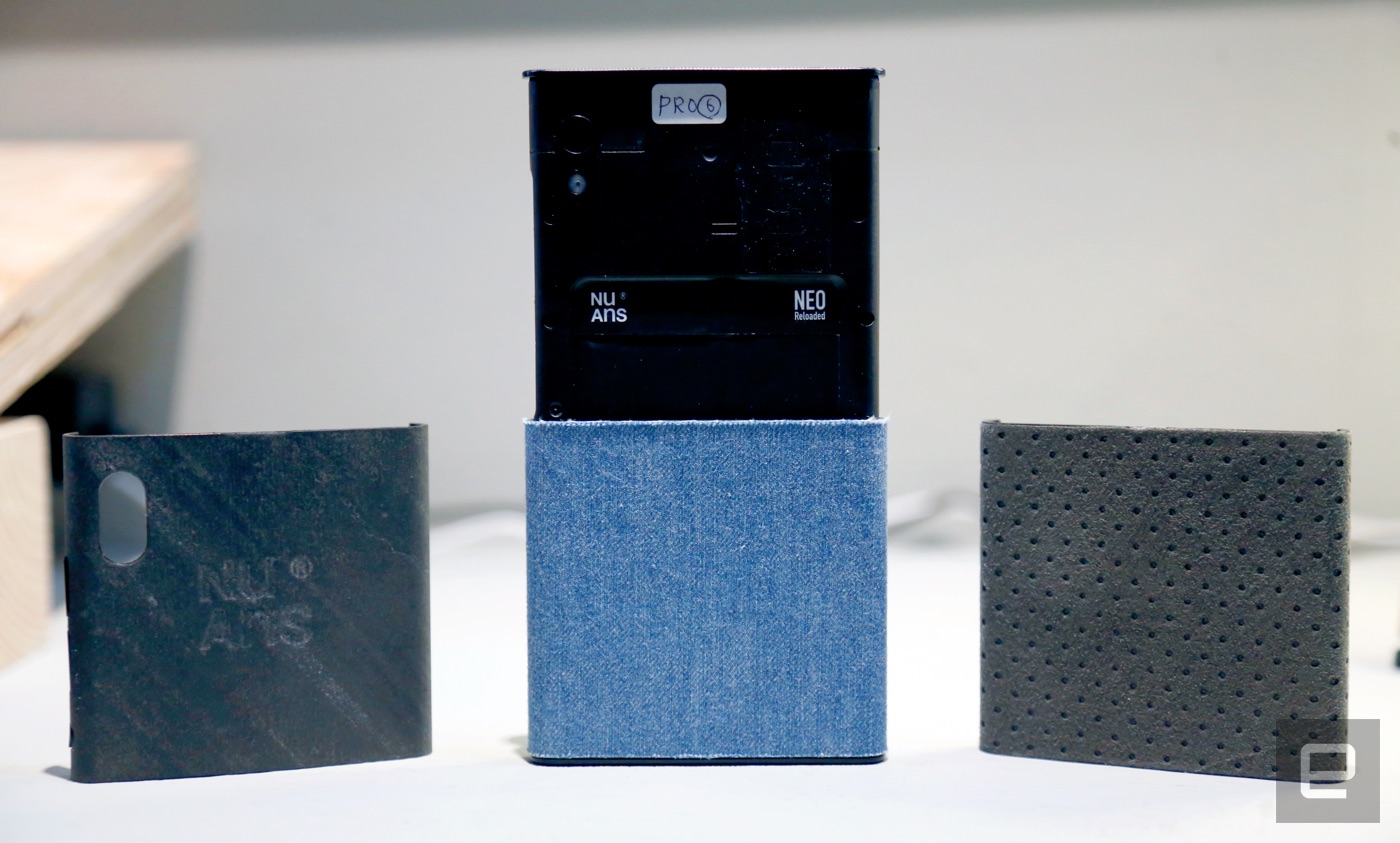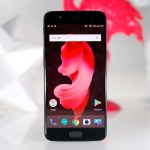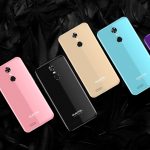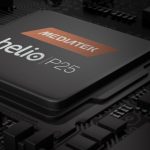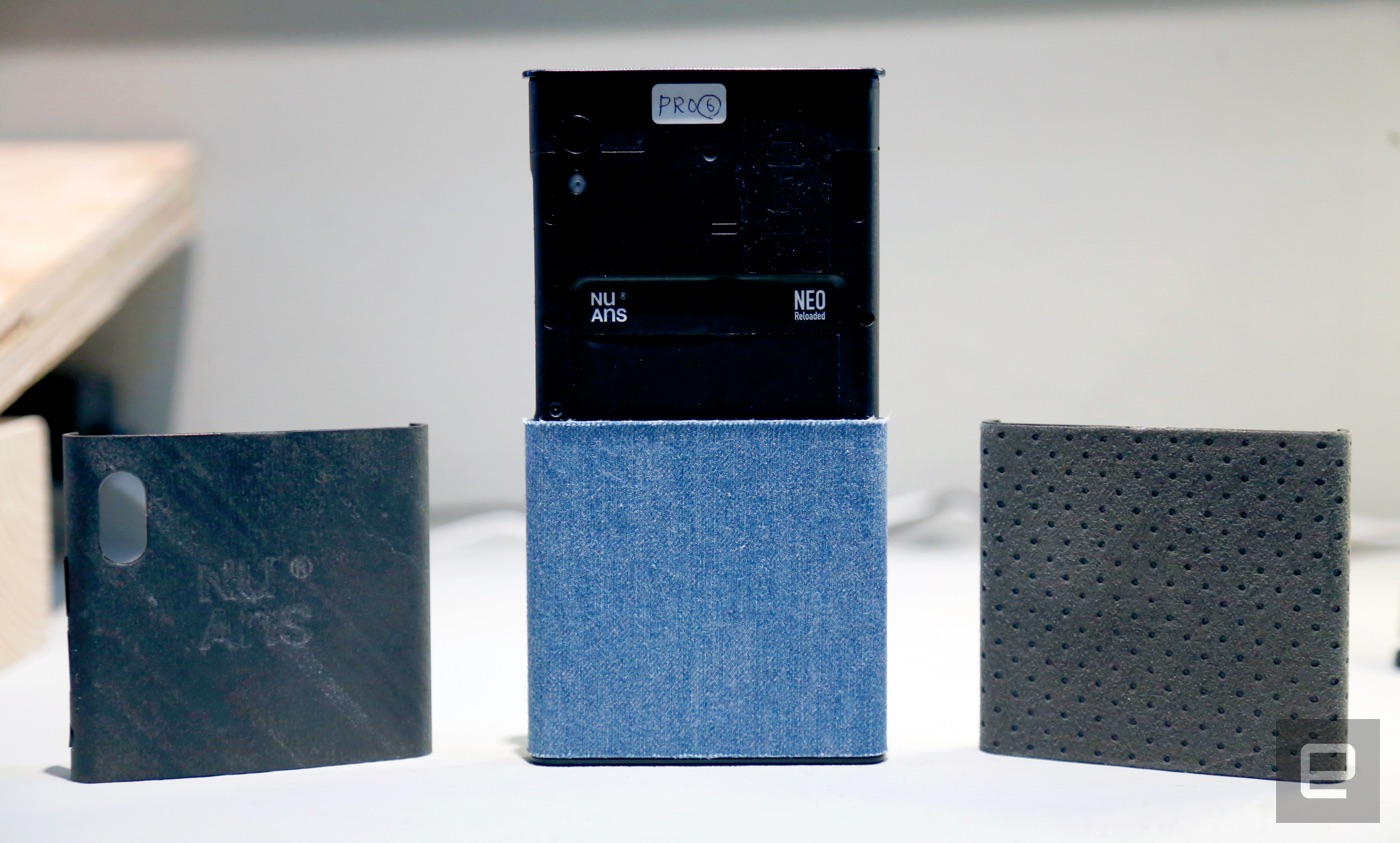The makers of the most stylish Windows Phone embraced Android
Last year, at CES, I fell hard for a chubby, round Windows Phone called the NuAns Neo. Who could blame me? The two most notable Windows Phones at the time — the Lumia 950 and 950 XL — were drab, unimaginative-looking slabs. The Neo, with its friendly design and swappable back plates, was quirky enough to give me the kind of frisson that comes with seeing something totally out of the ordinary. Alas, Trinity, the company behind the phone, tried and failed to launch the Neo around the world by way of a Kickstarter campaign.
The demand just wasn’t there. Feedback from potential buyers told Trinity CEO Tetsushi Hoshikawa that they would’ve backed the campaign — or bought a Neo in Trinity’s native Japan — had it run Android instead. You can probably guess what Hoshikawa did next.
Enter the Neo Reloaded. It’s the Android device that Neo fans have apparently been asking for, and — surprise, surprise — it feels almost exactly the same as the original. That’s a good thing. You’d think that a phone with a back plate that splits into two pieces wouldn’t feel sturdy, but you’d be wrong.
The Neo Reloaded is solid without feeling overly dense, and though it will stretch your pockets more than the average smartphone, you can kinda, sorta make it double as a wallet. The original Neo had a space for a Suica card for Japanese contactless payments, but the Reloaded — being a modern Android device — has NFC built in, leaving room under the shell for a credit card or ID.
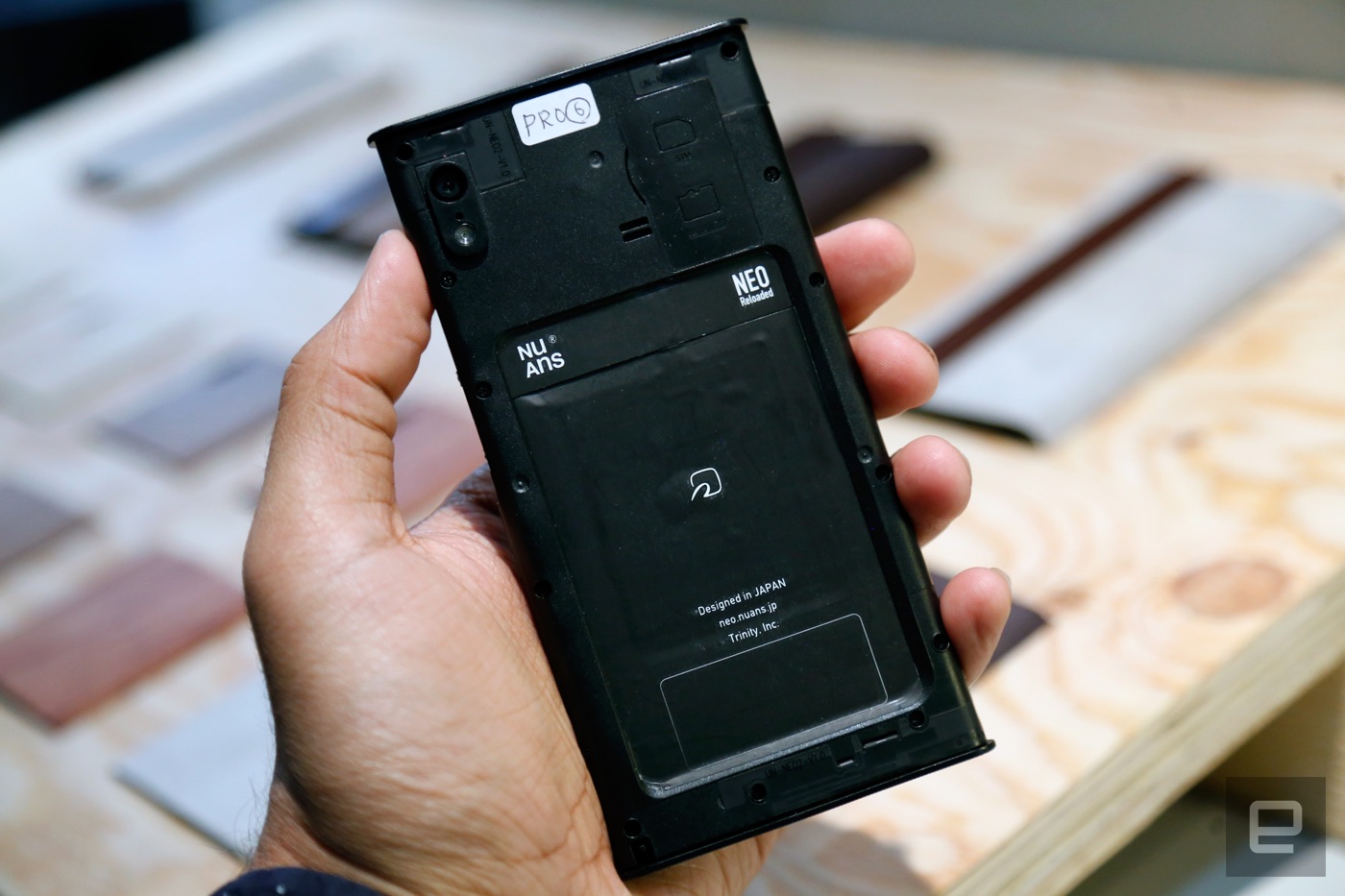
That’s not the only difference, either. The 5-inch 720p panel in the original has been replaced by a 5.2-inch IPS LCD running at 1080p, and there’s a handy fingerprint sensor nestled just below that. At the heart of it all is one of Qualcomm’s Snapdragon 625 chipsets, one of the most widely used slivers of silicon here at Mobile World Congress. More importantly, it’s powerful enough to keep the close-to-stock version of Android 7.1 Nougat running without hiccups. The battery, meanwhile, has been upgraded to 3,450mAh, and the display is swathed in a panel of Dragontrail Pro glass made by Asahi Glass.
That last component is surprisingly telling: Why not use Corning’s more recognizable Gorilla Glass? Cost had something to do with it, but Hoshikawa seems to take pride in the idea of a thoroughly Japanese smartphone. Sure, the Reloaded might be assembled in China — so is everything else. The surest sign of his dedication to Japanese representation came in the form of a back plate he pointed me to, pride evident on his face. The back plate was covered with Japanese denim. (And no, you probably shouldn’t rub that denim-clad phone on a white couch.)
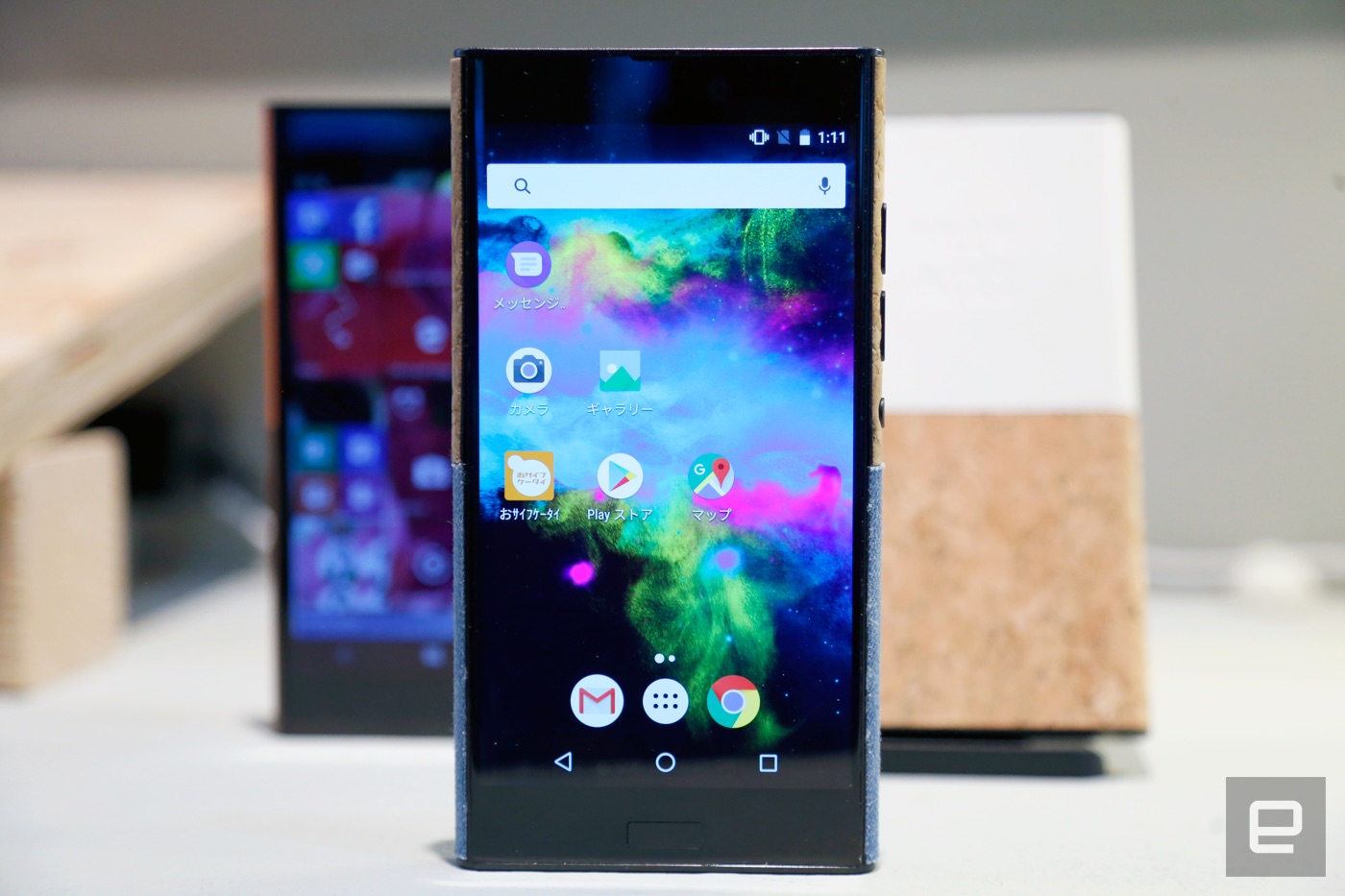
I had always hoped we’d see another NuAns phone, no matter what form it took, but the Windows decision seemed like a costly one. When I asked Hoshikawa why he decided that Windows Phone was the platform that would win him success, he candidly recalled the pitch Microsoft made: Windows 10, they said, was coming to smartphones with the intent to beat back its competitors. Microsoft was sure its time had come, and the company (or at least the representatives Hoshikawa spoke to) sold him a vision of victory. That, clearly, was not meant to be.
Don’t feel too bad, though: Hoshikawa says the Neo Reloaded isn’t meant to replace the Neo as much as complement it. There’s room enough out there for similar devices running wildly divergent operating systems, but Hoshikawa is confident in his decision to go Google: It won’t be long before he launches a crowdfunding campaign to bring the Reloaded to a wider market, and Hoshikawa is gunning for victory.
Click here to catch up on the latest news from MWC 2017.
(55)

